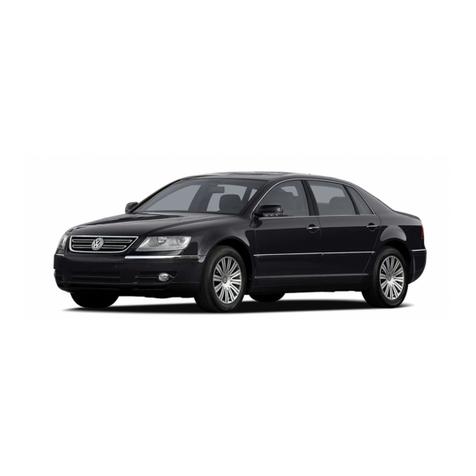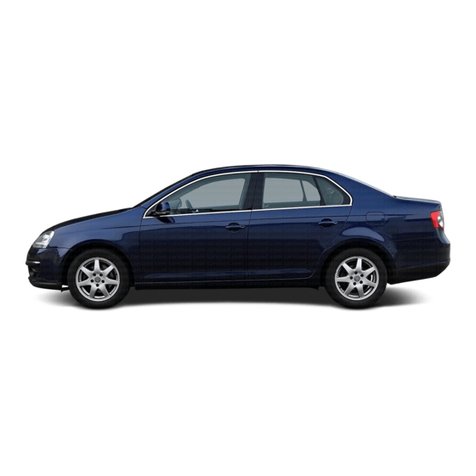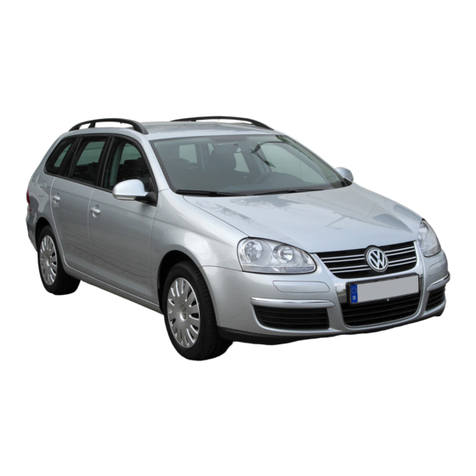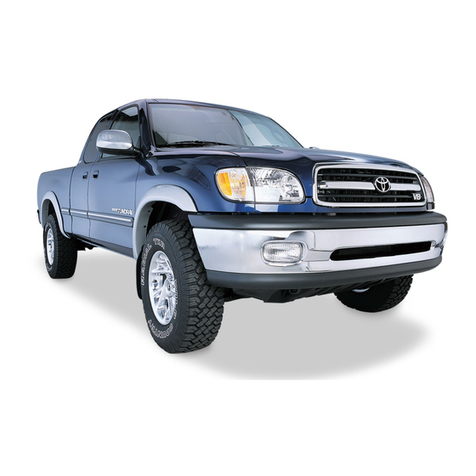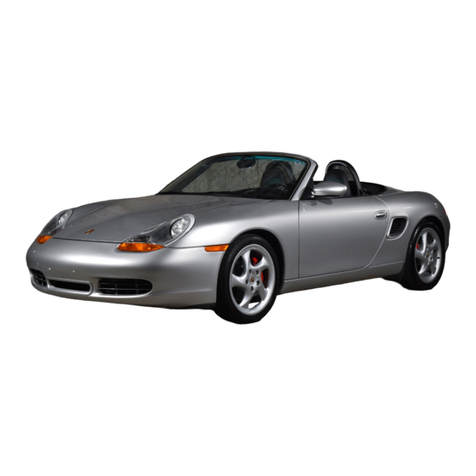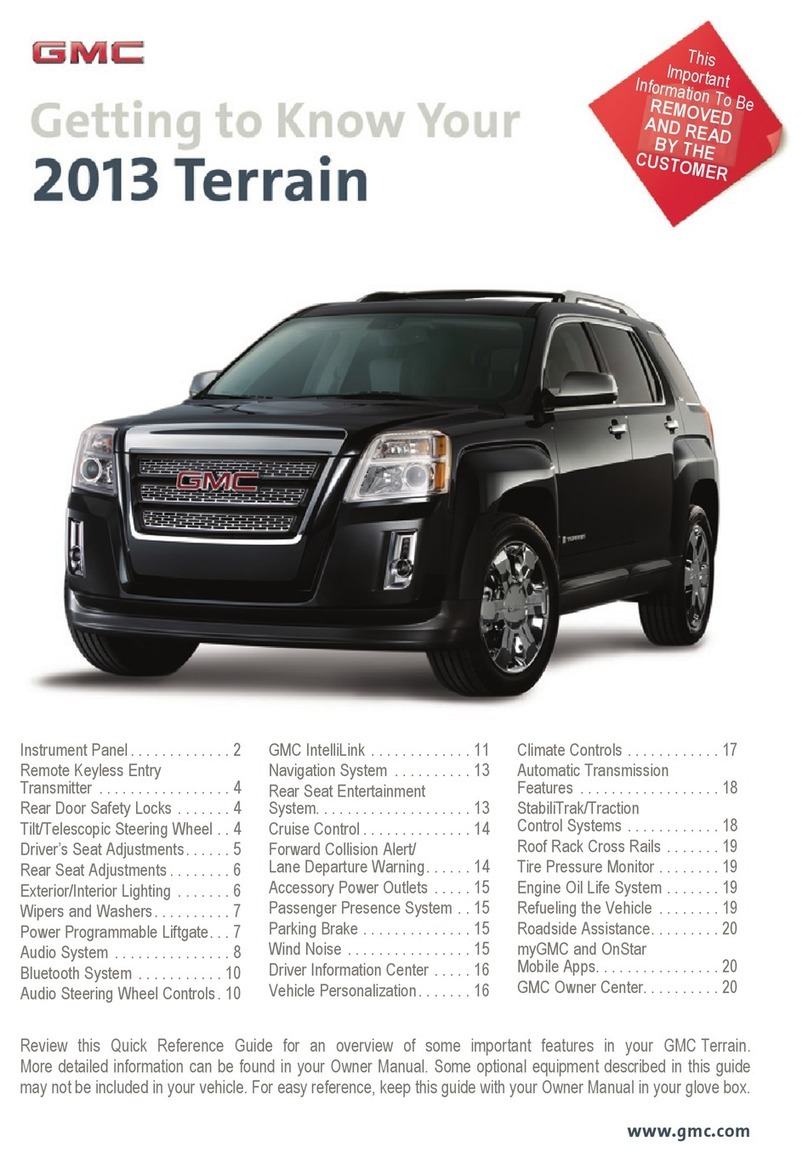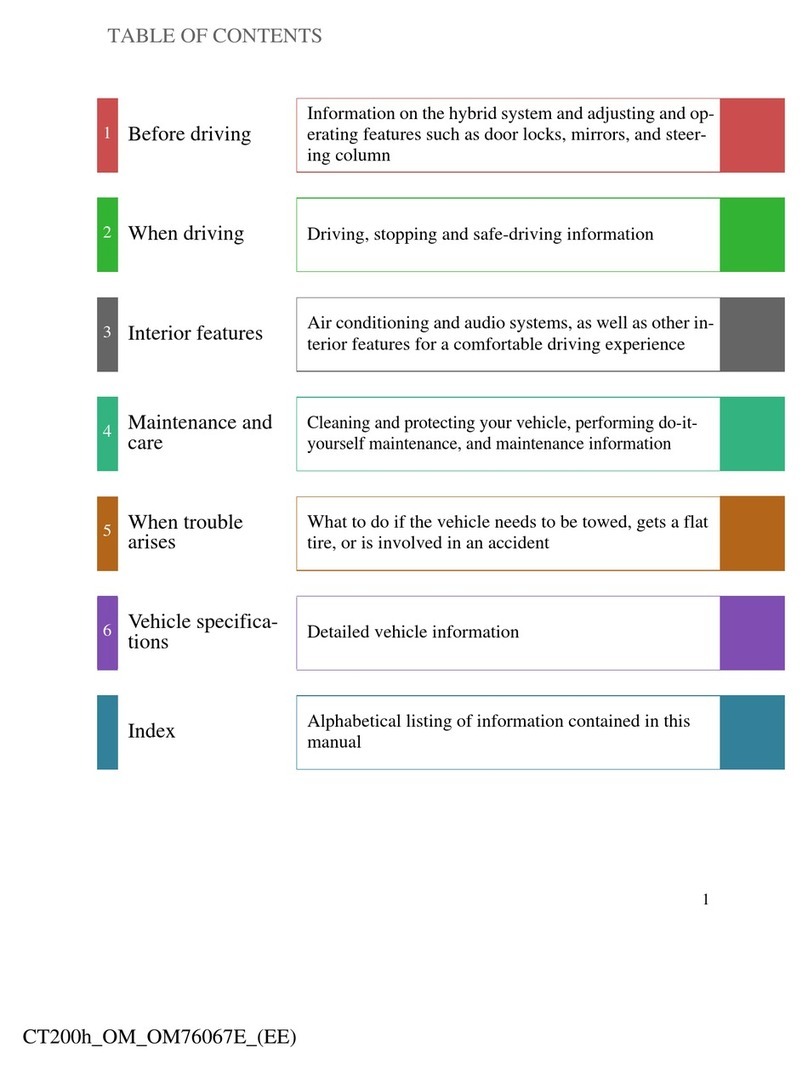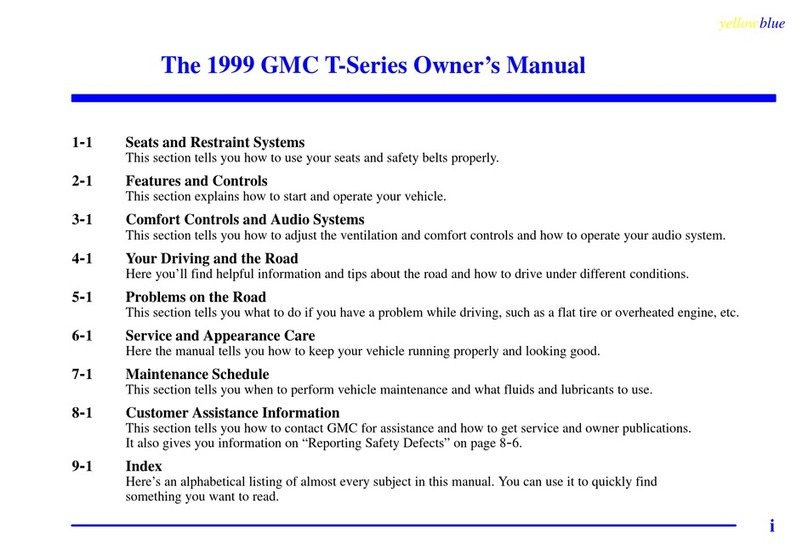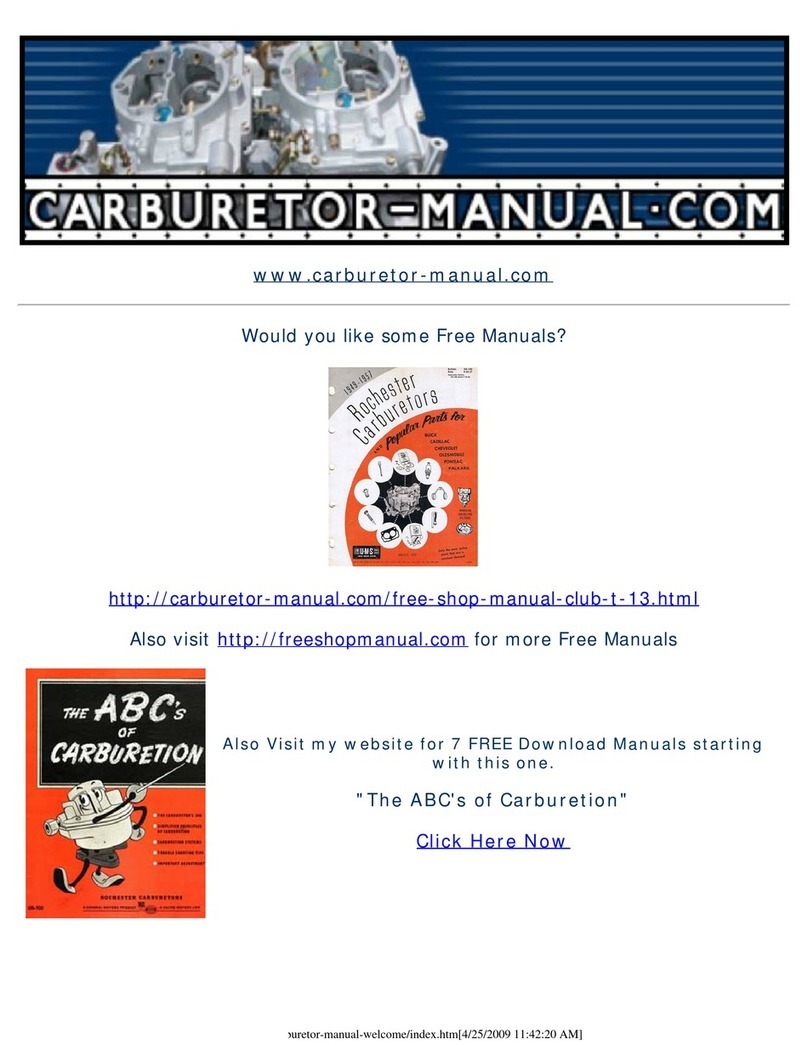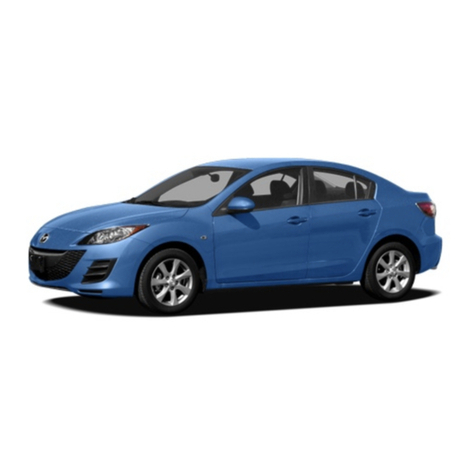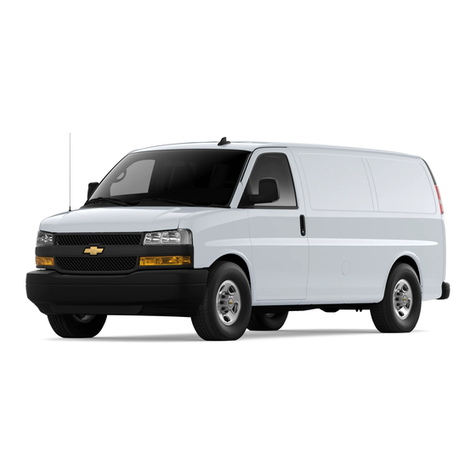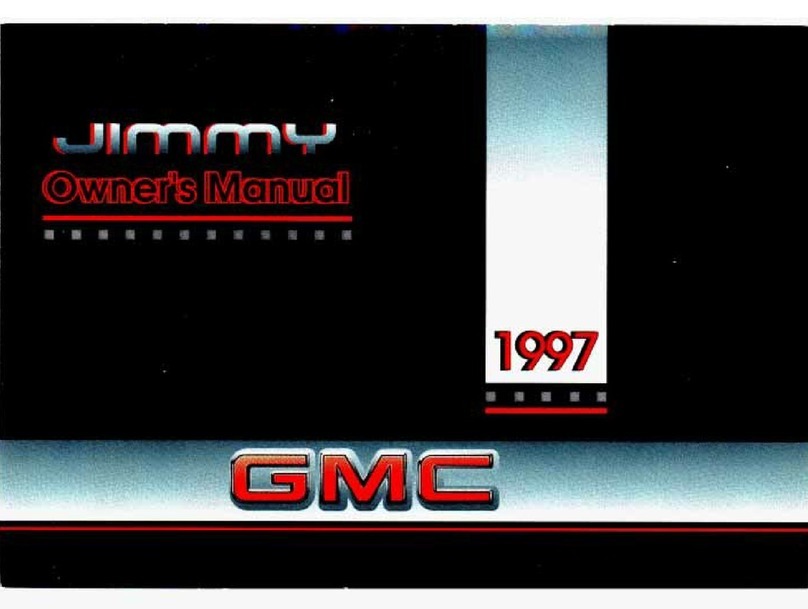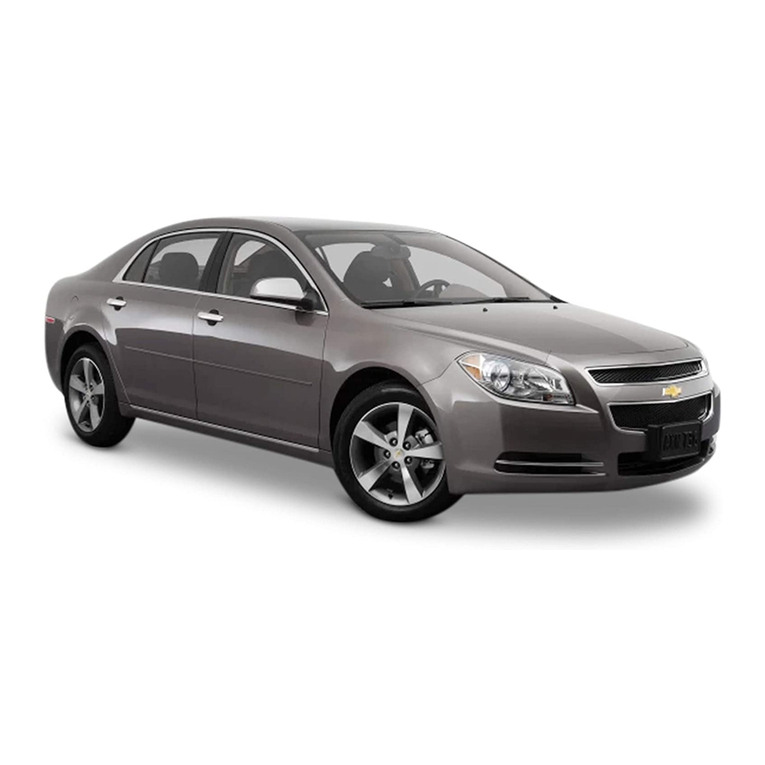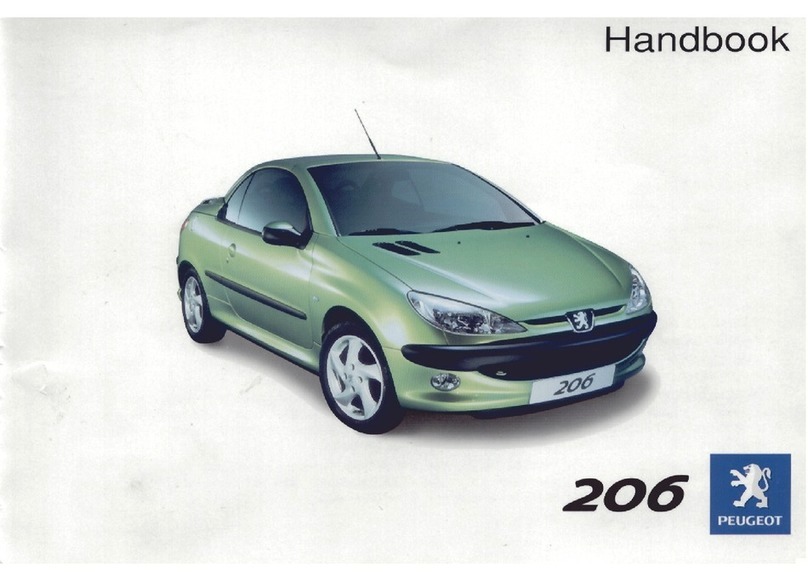
is no substitute for full concentration on the
part of the driver.
WARNING
Radio stations can transmit catastrophe and dan-
ger warnings. The following conditions can pre-
vent these warnings from being received or issued:
·If your current location is in an area with no or
insufficient radio signal reception. This can also
include tunnels, streets with tall buildings, ga-
rages, underpasses, mountains and valleys.
·If the frequency bands of the radio stations are
subject to interference or are not available in
areas with adequate radio signal reception.
·If the loudspeakers and the components re-
quired for radio reception in the vehicle are
damaged, not working or do not have a suffi-
cient power supply.
·When the Infotainment system is switched off.
WARNING
Switch off mobile devices in areas with a risk of
explosion.
WARNING
Driving recommendations and traffic symbols dis-
played by the navigation system may differ from
the current traffic situation.
·Road signs, traffic signals, traffic regulations
and local conditions have priority over the rec-
ommendations and displays provided by the
navigation system.
·Adapt your speed and driving style to suit visi-
bility, weather, road and traffic conditions.
·Certain events can make the originally planned
driving time and route to the destination con-
siderably longer or make navigation there tem-
porarily impossible, e.g. due to a road being
closed.
NOTICE
Your mobile device must always be switched off in
areas where special regulations apply and when the
use of mobile devices is forbidden. The radiation
produced by the mobile device when switched on
may interfere with sensitive technical and medical
equipment, possibly resulting in malfunction or
damage to the equipment.
NOTICE
The loudspeakers may be damaged if the volume is
too high or the sound is distorted.
Notes on use
Please refer to and on page 190.
— The Infotainment system needs a few seconds for
a complete system start and does not respond to
inputs during this time. During system startup,
only the rear view camera image can be dis-
played.
— The Infotainment system needs to start up com-
pletely before all displays are available and before
it is possible to run functions. The duration of a
system start depends on the functional scope of
the Infotainment system and can also take longer
than usual particularly at low and high tempera-
tures.
— When using the Infotainment system and the cor-
responding accessories, such as a headset or ear-
phones, please observe the country-specific regu-
lations and legal requirements.
— Some Infotainment functions require an active
We Connect user account for the vehicle and an
online connection to the Internet. The data trans-
fer must not be restricted for the execution of the
functions.
— Lightly pressing the buttons or touching the
touchscreen is sufficient to operate the Infotain-
ment system.
— To ensure that the Infotainment system works
properly, it is important to make sure the system
is switched on and that the correct date and time
are set in the vehicle – where available.
— A missing function button on the screen does not
constitute a fault in the unit; it corresponds to the
country-specific equipment.
— Some functions of the Infotainment system are
available only when the vehicle is stationary. In
some countries, the selector lever must addition-
ally be in parking position Por neutral position N.
This is not a malfunction, but simply a legal re-
quirement.
— There may be restrictions on the use of Blue-
tooth®devices in some countries. Information is
available from the local authorities.
— Switch the ignition on before switching the Info-
tainment system back on if the 12-volt vehicle
battery has been disconnected.
— Changes to settings may cause the display con-
tent to vary and some aspects of the Infotain-
ment system operation to differ from the descrip-
tions given in this manual.
— Repairs and modifications to the Infotainment
system should be carried out only by a qualified
192 Infotainment
